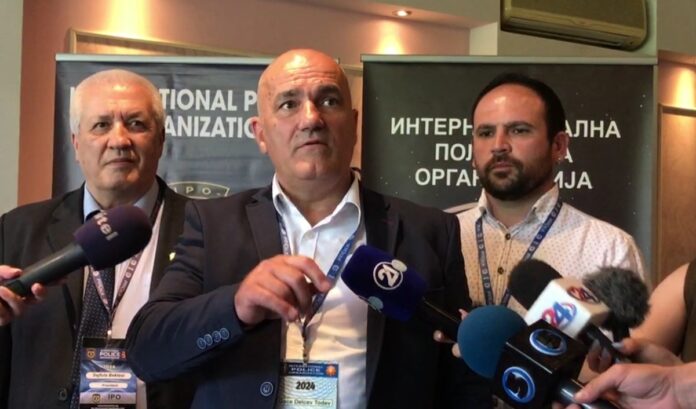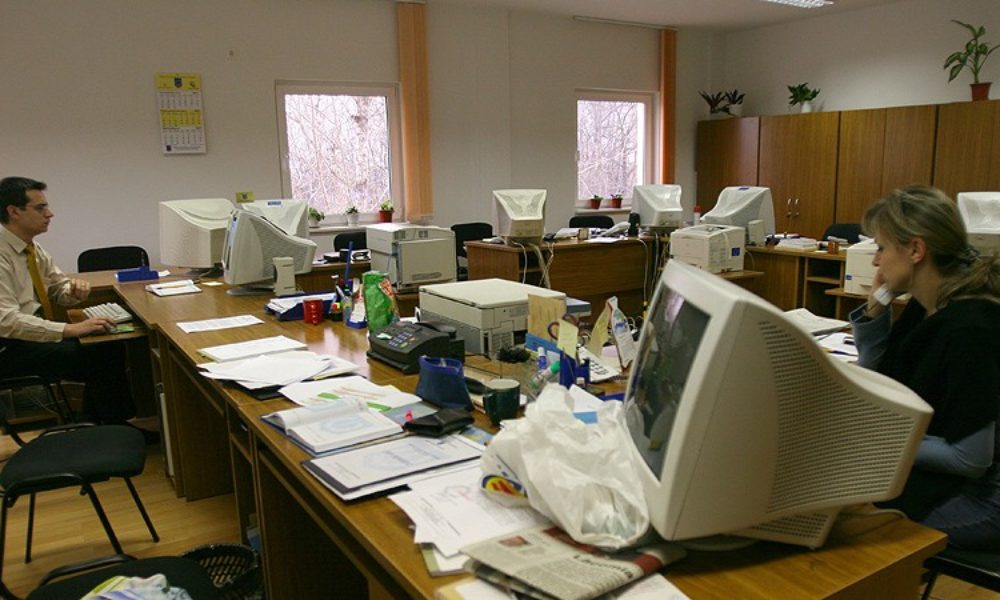From the inside – so the gap finally came on the map
When working on a new National Transport Plan accelerated in the fall of 2022, we knew something had to be changed. For many years, the largest transport projects – those who cost 20, 30, yes, up to 40 billion – had seized the majority of the Ministry’s investment framework. The result? Smaller but important projects in District Norway were pushed out in the cold. One of them was the tunnel through Kløfta in Alta, a stretch whose traffic challenge is hardly any further introduction to this newspaper.
In the internal process in the government and the ministry, it became important to make principle as well as strategic choices: We had to prioritize wider, rather than higher.
By postponing a giga project 30-50 billion class, we could instead more quickly realize 10-20 « smaller » projects, that is, in the order of NOK 2-5 billion. In addition, the re -prioritization opened more spacious frameworks to upgrade the Norwegian Public Roads Administration’s budgets for smaller improvement routes, ie projects with a cost framework below NOK 1 billion. The common denominator? Far more of these projects are with us – in the districts.
This was how Kløfta was deliberately put in a position to win in the subsequent priority proposals from the Norwegian Public Roads Administration. And that is why the Norwegian Public Roads Administration now proposes more than NOK 900 million to upgrade Indre Riksveg RV92 GIEVDNGUOOKA – Karasjok with straightening of the curvature and yellow center strip. A road where even garbage disposal from the picnic areas has proven to be too expensive for previous governments.
In other words, it is no coincidence that the E45 Kløfta is now in the state budget for 2025 and is ready for start -up with the Norwegian Public Roads Administration. It is the result of conscious political choices – and of a new understanding in central bodies: that safe and stable infrastructure is not just about traffic volume, but about quality of life, preparedness and the opportunity to live and work throughout the country.
– One who was inside.

:format(webp)/s3/static.nrc.nl/images/gn4/stripped/data133212425-ae69bf.jpg)


